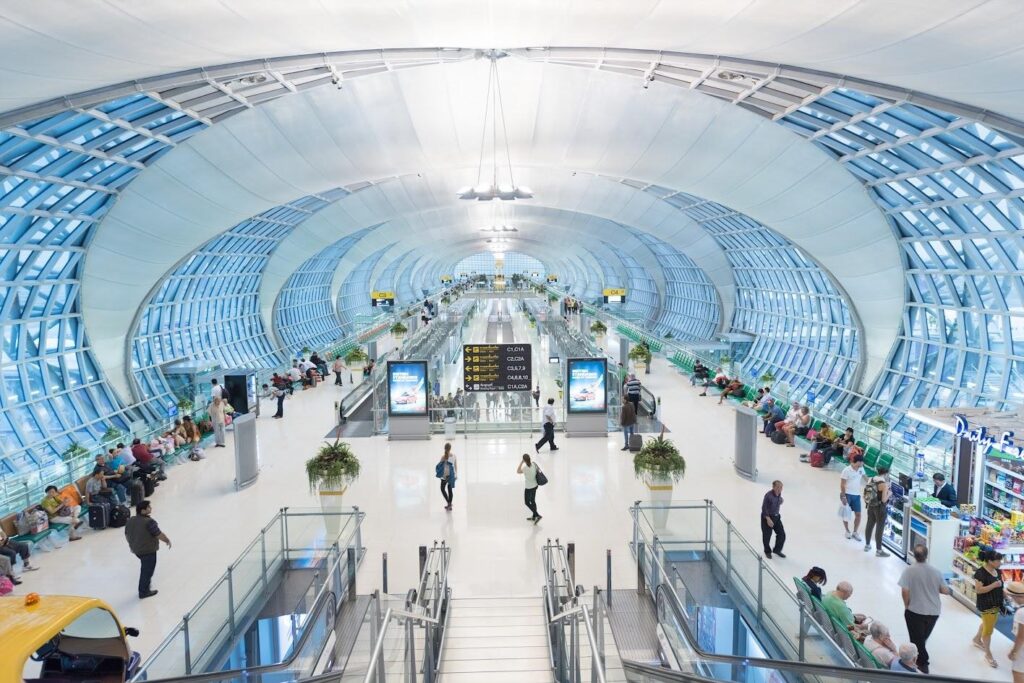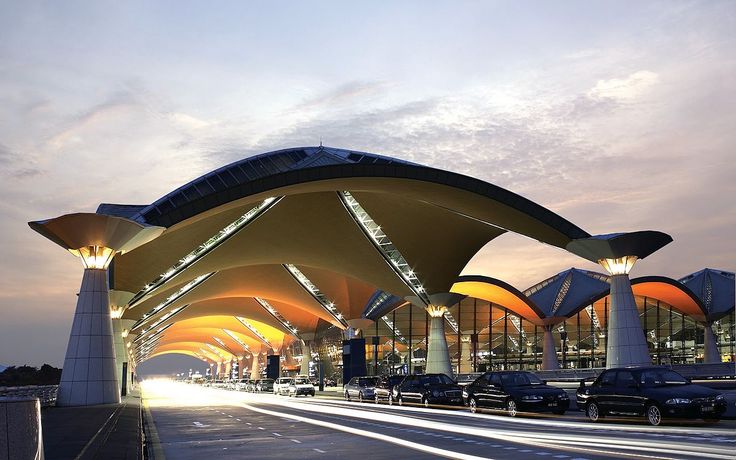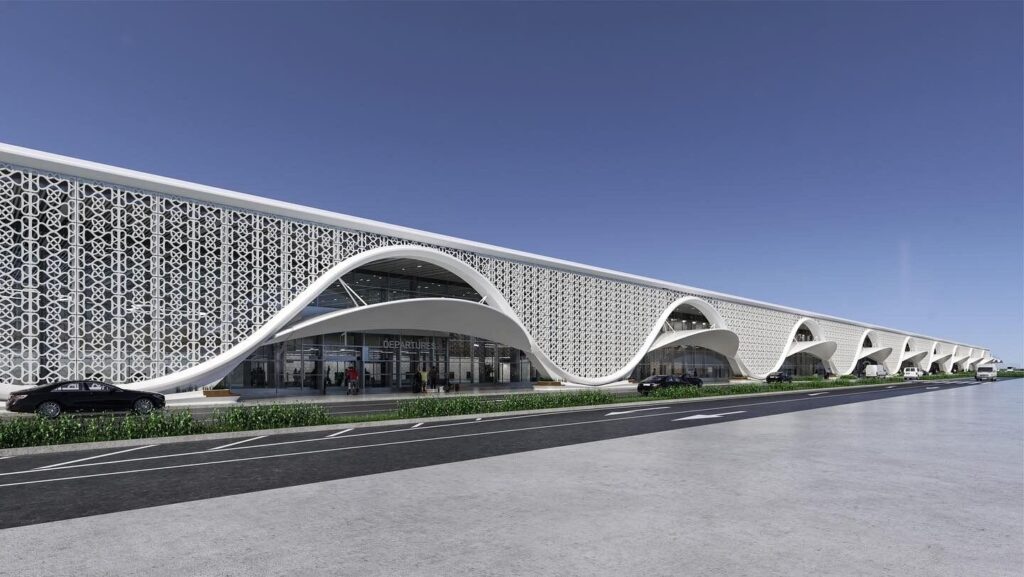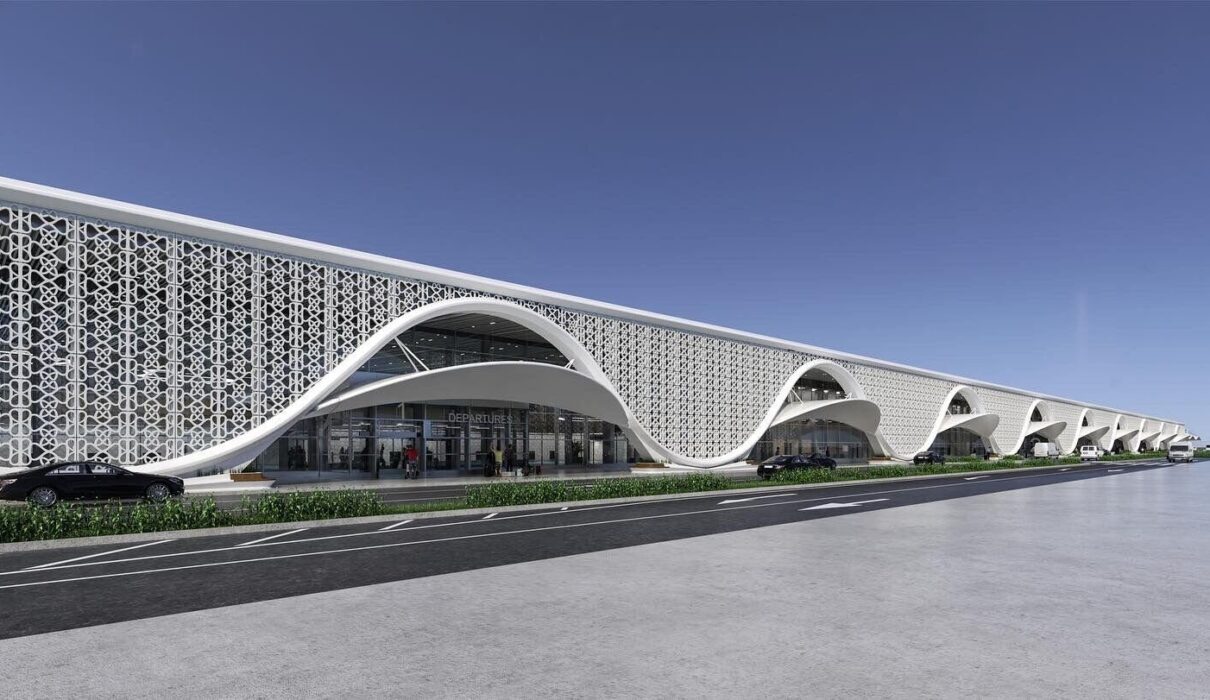As air travel across Southeast Asia rebounds post-pandemic, airports in the region are seeing remarkable growth in seat capacity. According to travel data analytics firm Cirium, December’s top 10 fastest-growing airports showcase a mix of bustling hubs and emerging destinations. Here’s a closer look at the rankings and the forces driving this aviation resurgence.
1. Suvarnabhumi International Airport (Bangkok, Thailand)
Leading the charge is Bangkok’s Suvarnabhumi International Airport, adding 394,577 seats this December—a 16% year-on-year increase. The airport’s strategic position and Thailand’s strong tourism recovery have fueled its top position.


2. Changi Airport (Singapore)
Changi Airport, a major global transit hub, secured second place with 326,712 additional seats, reflecting a 10% rise. Its innovative services and seamless connectivity keep it a favorite for both travelers and airlines.

3. Kuala Lumpur International Airport (Malaysia)
Malaysia’s primary gateway ranks third with 240,000 new seats, an 11% increase. The airport benefits from Malaysia’s push to attract international tourists through expanded routes and airline partnerships.

4. Don Mueang International Airport (Bangkok, Thailand)
Bangkok’s secondary airport saw an impressive 39% growth, adding over 227,000 seats. Its focus on low-cost carriers has made it a hub for budget-conscious travelers exploring the region.
5. Phuket International Airport (Thailand)
Phuket International Airport added nearly 160,000 seats, a 31% surge driven by its appeal as a premier beach destination. Direct international flights to Phuket have seen a significant uptick.
6. Velana International Airport (Malé, Maldives) The Maldives’ Velana International Airport has seen remarkable growth in December, adding over 110,000 seats—a 25% year-on-year increase. The airport serves as a critical gateway for the Maldives’ luxury tourism sector, welcoming high-spending travelers seeking its world-renowned resorts and pristine islands. Strategic expansions, including enhanced runway facilities and new international routes, have boosted capacity, making the Maldives a rising star in regional aviation

7. Denpasar-Bali International Airport (Indonesia)
With over 104,000 additional seats, Bali’s main airport saw a 16% growth. The island’s allure as a wellness and adventure destination continues to attract global travelers.
8. Noi Bai International Airport (Hanoi, Vietnam)
Hanoi’s Noi Bai Airport ranked eighth with a 15% increase, adding nearly 96,000 seats. The rebound in tourism and the rising popularity of Vietnam as a cultural destination have boosted its performance.
9. Phu Quoc International Airport (Vietnam)
Phu Quoc Airport recorded the highest percentage growth on the list—an extraordinary 176% surge in international seat capacity. The island welcomed 5.9 million visitors this year, including 962,000 international tourists, a 73.4% rise. Extensive media coverage and global accolades have cemented Phu Quoc’s status as a must-visit destination.
10. Ninoy Aquino International Airport (Manila, Philippines)
Manila’s airport added over 73,000 seats, a 6% increase. The Philippines’ growing tourism sector and improved airline connectivity have contributed to its steady rise.
Regional Growth and Future Trends
The resurgence of air travel in Southeast Asia highlights the region’s strong recovery from the pandemic and its focus on enhancing connectivity. From bustling metropolitan hubs to island gateways, these airports are driving the tourism boom with expanded capacity and improved services.
With Velana International Airport positioning the Maldives as a key player in luxury tourism, the region continues to adapt and innovate to meet the growing demand, setting new benchmarks for global aviation.



